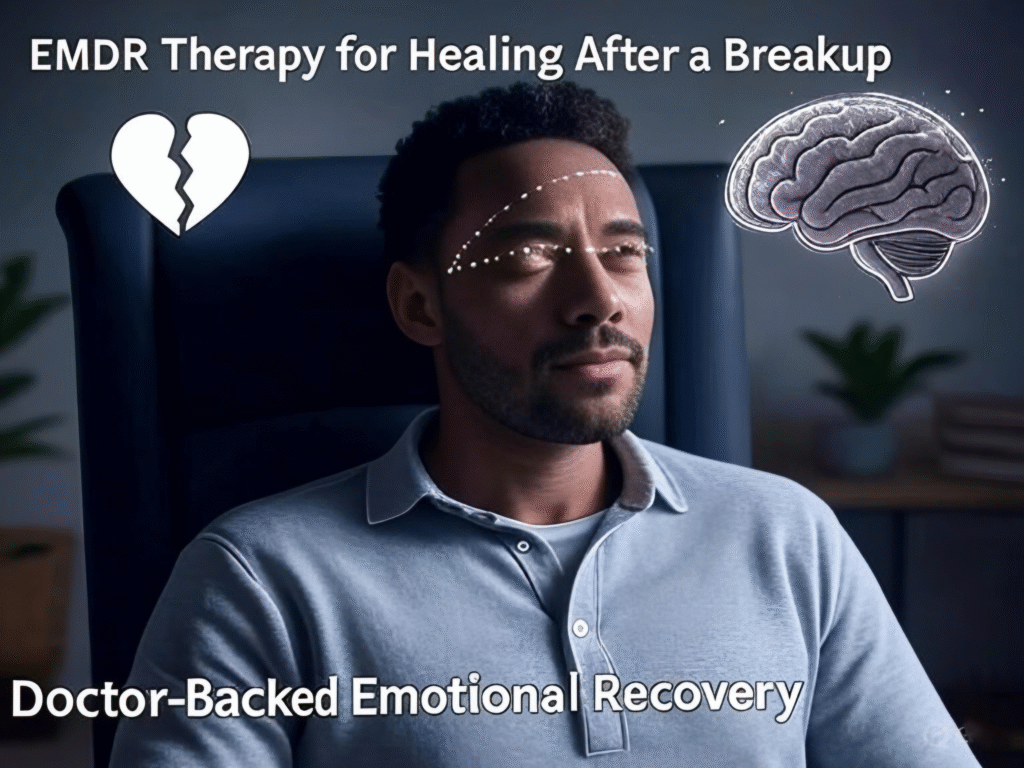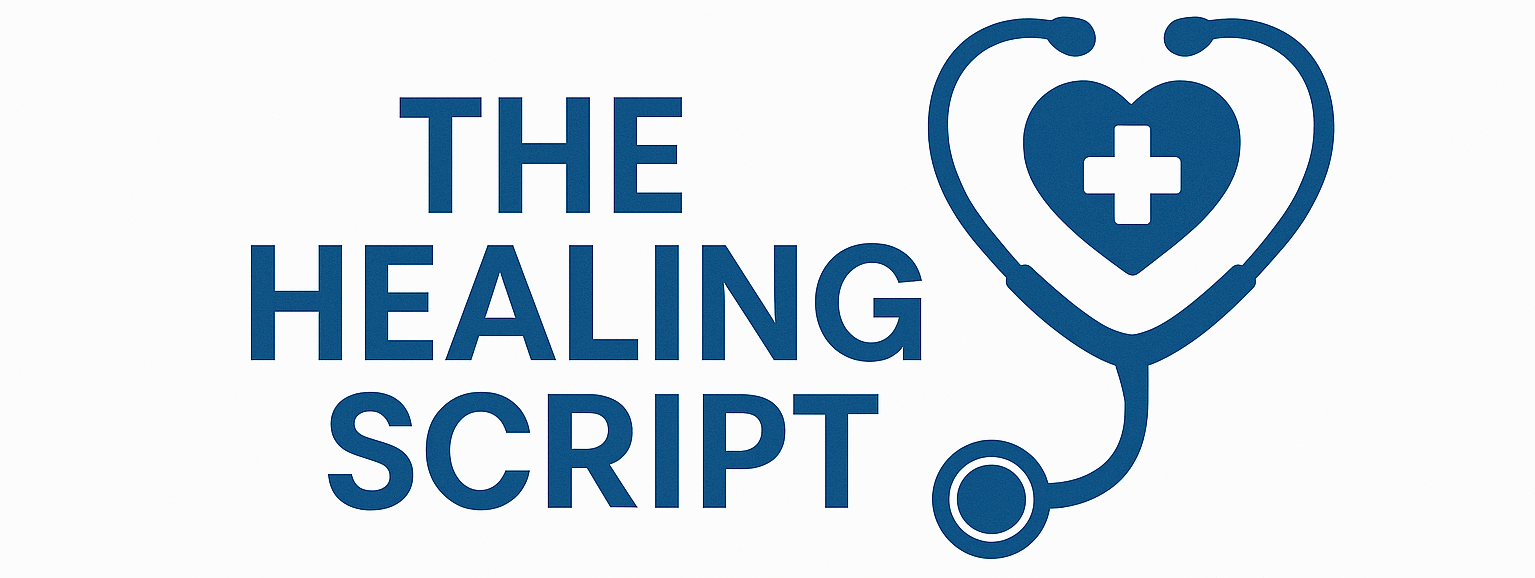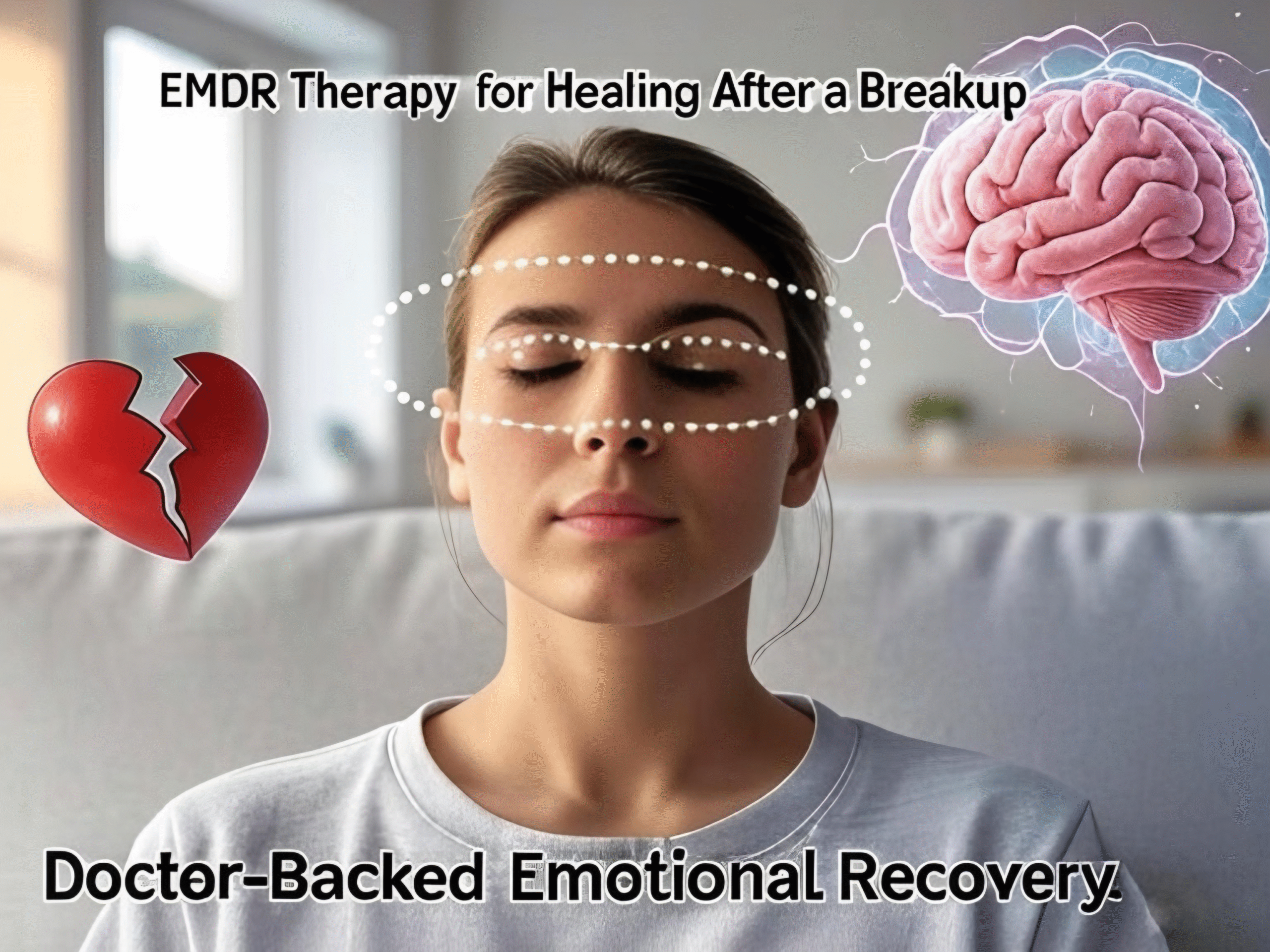Breakups can be one of the most emotionally challenging experiences in life. The pain, confusion, and sense of loss can linger for months or even years, affecting your mental health, self-esteem, and daily functioning. If you’re feeling stuck after a breakup, you’re not alone—and there is hope. As a doctor specializing in emotional healing, I want to introduce you to a powerful, evidence-based therapy that can help you move forward: EMDR therapy.
In this guide, you’ll learn what EMDR therapy is, how it works, why it’s effective for breakup recovery, and how you can get started on your healing journey.
What Is EMDR Therapy?
EMDR stands for Eye Movement Desensitization and Reprocessing. Developed in the late 1980s by psychologist Dr. Francine Shapiro, EMDR was originally designed to help people process traumatic memories, especially those related to PTSD. Over the years, research has shown that EMDR is also highly effective for a wide range of emotional wounds—including those caused by breakups, divorce, and relationship loss.
How does EMDR work?
EMDR uses a structured approach where you briefly focus on a troubling memory while simultaneously experiencing bilateral stimulation (usually guided eye movements, but sometimes tapping or auditory tones). This process helps your brain reprocess the memory, so it loses its emotional charge and becomes less distressing.
Key facts about EMDR:
- Recognized by the American Psychological Association (APA) and World Health Organization (WHO)
- Backed by decades of clinical research
- Non-invasive and drug-free
- Suitable for a variety of emotional and psychological concerns
Why Breakups Hurt So Much
Before diving into how EMDR can help, it’s important to understand why breakups can be so intensely painful:
- Attachment Bonds: Relationships create deep emotional bonds. When these are broken, your brain experiences a loss similar to grief.
- Self-Identity: Breakups can shake your sense of self, leading to questions about your worth and future.
- Unresolved Trauma: Sometimes, a breakup triggers memories of past hurts or abandonment, making the pain even more overwhelming.
Traditional advice like “just move on” or “time heals all wounds” often isn’t enough. That’s where EMDR therapy comes in.

How Does EMDR Therapy Work?
EMDR therapy is an eight-phase process designed to help you process and heal from emotional pain. Here’s a brief overview:
1. History and Treatment Planning
Your therapist gathers information about your history, current symptoms, and goals for therapy. Together, you identify the memories and triggers you want to address.
2. Preparation
You’ll learn about the EMDR process and develop coping skills to manage emotional distress during and between sessions.
3. Assessment
You and your therapist identify specific memories, thoughts, feelings, and body sensations related to your breakup.
4. Desensitization
While recalling the painful memory, you’ll follow the therapist’s finger movements with your eyes (or use tapping/sounds). This bilateral stimulation helps your brain process the memory in a new, less distressing way.
5. Installation
Positive beliefs are strengthened to replace negative self-talk (e.g., replacing “I’m unlovable” with “I am worthy of love”).
6. Body Scan
You’ll check for any lingering physical tension or distress and process it as needed.
7. Closure
Each session ends with grounding techniques to ensure you feel safe and stable.
8. Reevaluation
At the start of the next session, you and your therapist review your progress and decide what to address next.
Why EMDR for Breakup Recovery?
Breakups can feel like emotional trauma. EMDR is especially effective for breakup recovery because it:
- Targets Emotional Triggers: EMDR helps you process and “deactivate” memories, places, or reminders that trigger pain.
- Reduces Emotional Intensity: Over time, the memories lose their power, allowing you to think about your ex or the breakup without overwhelming sadness or anger.
- Improves Self-Esteem: By working through negative beliefs, EMDR can help you rebuild confidence and self-worth.
- Promotes Faster Healing: Many people feel significant relief after just a few sessions, compared to months or years with traditional talk therapy.
Scientific Evidence
A 2017 study in the Journal of EMDR Practice and Research found that EMDR significantly reduced symptoms of depression and anxiety in individuals recovering from relationship loss. Other research shows EMDR is effective for a range of emotional traumas, not just PTSD.
What to Expect in an EMDR Session
If you’re considering EMDR for breakup recovery, here’s what you can expect:
- Safe, Supportive Environment: Your therapist will guide you through each step, ensuring you feel comfortable and in control.
- No Need to Share Every Detail: Unlike some therapies, you don’t have to talk about your breakup in detail if you’re not ready.
- Gradual Progress: Some people notice improvement after one session; others need several sessions to process complex emotions.
- Confidentiality: Everything you share is private and handled with care.
Real-Life Example: Healing After Heartbreak
Let’s consider “Emily” (name changed for privacy), who came to therapy after a painful breakup. She felt stuck, unable to stop thinking about her ex, and doubted her self-worth. Through EMDR, Emily was able to process the most distressing memories—like their last argument and the moment of the breakup. After six sessions, she reported feeling lighter, more hopeful, and ready to imagine a future without her ex.
How to Get Started with EMDR Therapy
Ready to try EMDR? Here’s how to begin:
1.Find a Certified EMDR Therapist:
- Use directories like EMDRIA or Psychology Today to locate a qualified professional in your area.
- Look for therapists with experience in relationship trauma or breakup recovery.
2.Prepare for Your First Session:
- Write down your goals, concerns, and any specific memories you want to address.
- Be open to the process—even if it feels unfamiliar at first.
3.Consider Online Options:
- Many EMDR therapists now offer telehealth sessions, making it easier to access help from anywhere in the US.
Doctor’s Tips for Maximizing Your Healing
- Practice Self-Care: Prioritize sleep, nutrition, gentle exercise, and journaling.
- Be Patient: Healing is a journey. Allow yourself time to process and grow.
- Reach Out for Support: Don’t hesitate to talk to friends, join support groups, or seek professional help.
- Combine EMDR with Other Strategies: Mindfulness, meditation, and healthy routines can enhance your recovery.
Frequently Asked Questions
1.Is EMDR safe?
Yes, when conducted by a trained, certified therapist. It’s non-invasive and drug-free.
2.How many sessions will I need?
It varies. Some people feel better after a few sessions, while others need more time for complex issues.
3.Can EMDR help with other emotional issues?
Absolutely. EMDR is effective for anxiety, depression, trauma, low self-esteem, and more.
4.Is EMDR covered by insurance in the US?
Many insurance plans cover EMDR therapy. Check with your provider for details.
Conclusion: Take the First Step Toward Healing
Breakups can be deeply painful, but you don’t have to face the healing process alone. EMDR therapy offers a proven, doctor-recommended path to emotional recovery. By targeting the root of your pain and helping you reprocess difficult memories, EMDR can empower you to move forward with confidence and hope.
Hi, I’m Dr. Sharad — a medical doctor with a heart rooted in healing beyond prescriptions. Through The Healing Script, I blend emotional wellness, relationship psychology, and mind-body medicine to help you heal from within. From heartache to hormonal shifts, everything you feel has science — and a soul. Welcome to your safe space for healing, clarity, and emotional rebirth.

